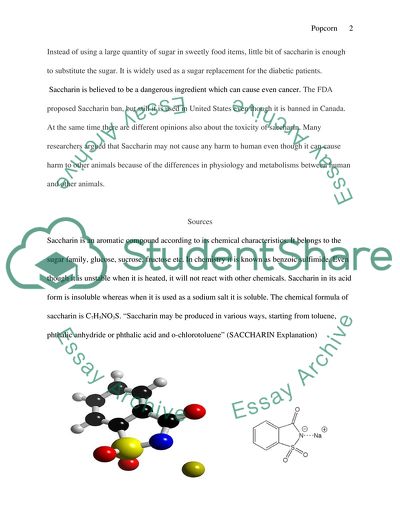Cite this document
(Human Food Toxicant: Popcorn Research Paper Example | Topics and Well Written Essays - 2000 words, n.d.)
Human Food Toxicant: Popcorn Research Paper Example | Topics and Well Written Essays - 2000 words. Retrieved from https://studentshare.org/health-sciences-medicine/1735909-human-food-toxicant
Human Food Toxicant: Popcorn Research Paper Example | Topics and Well Written Essays - 2000 words. Retrieved from https://studentshare.org/health-sciences-medicine/1735909-human-food-toxicant
(Human Food Toxicant: Popcorn Research Paper Example | Topics and Well Written Essays - 2000 Words)
Human Food Toxicant: Popcorn Research Paper Example | Topics and Well Written Essays - 2000 Words. https://studentshare.org/health-sciences-medicine/1735909-human-food-toxicant.
Human Food Toxicant: Popcorn Research Paper Example | Topics and Well Written Essays - 2000 Words. https://studentshare.org/health-sciences-medicine/1735909-human-food-toxicant.
“Human Food Toxicant: Popcorn Research Paper Example | Topics and Well Written Essays - 2000 Words”, n.d. https://studentshare.org/health-sciences-medicine/1735909-human-food-toxicant.


